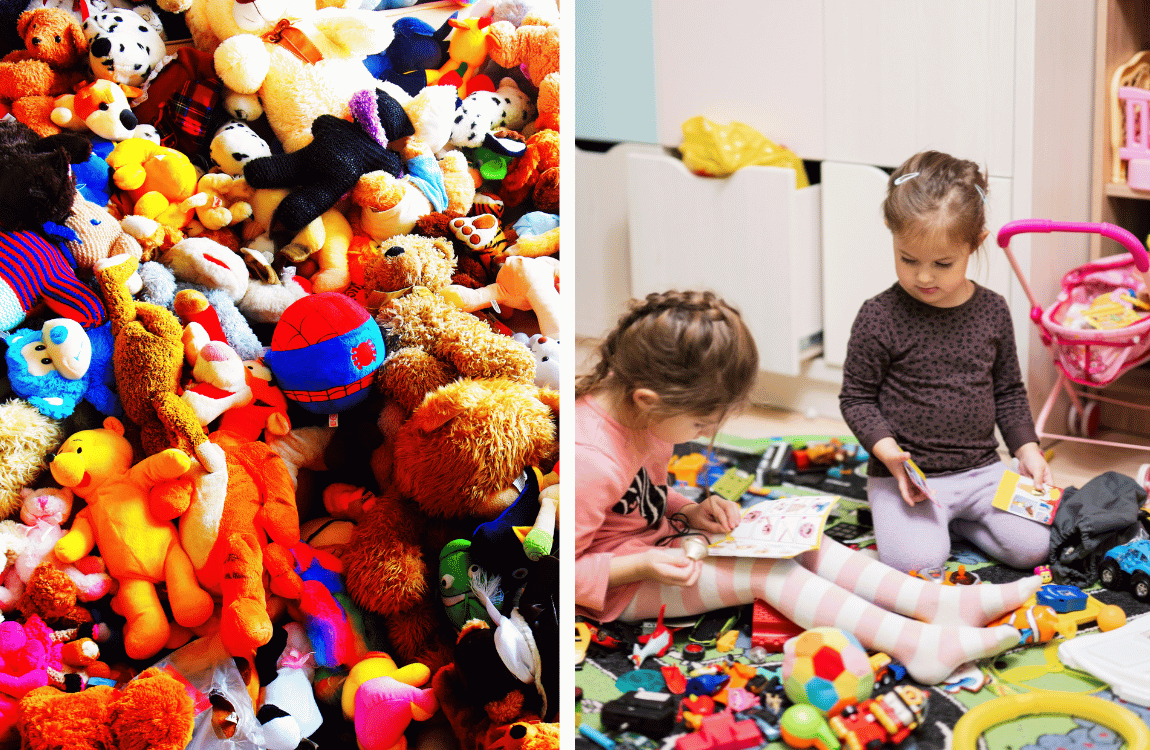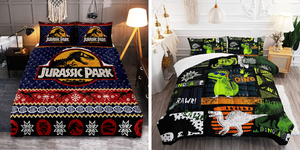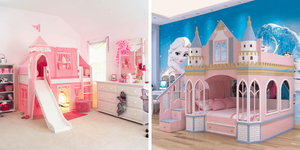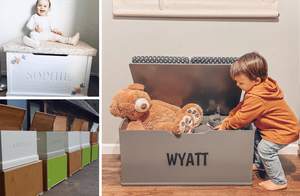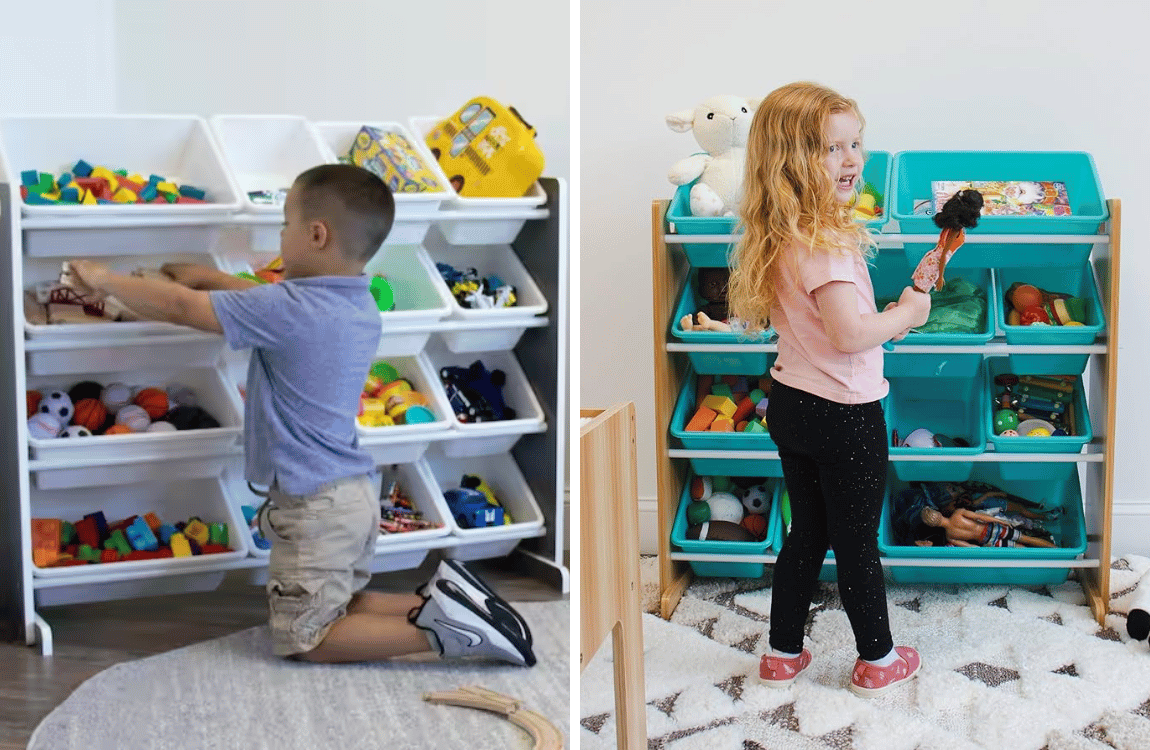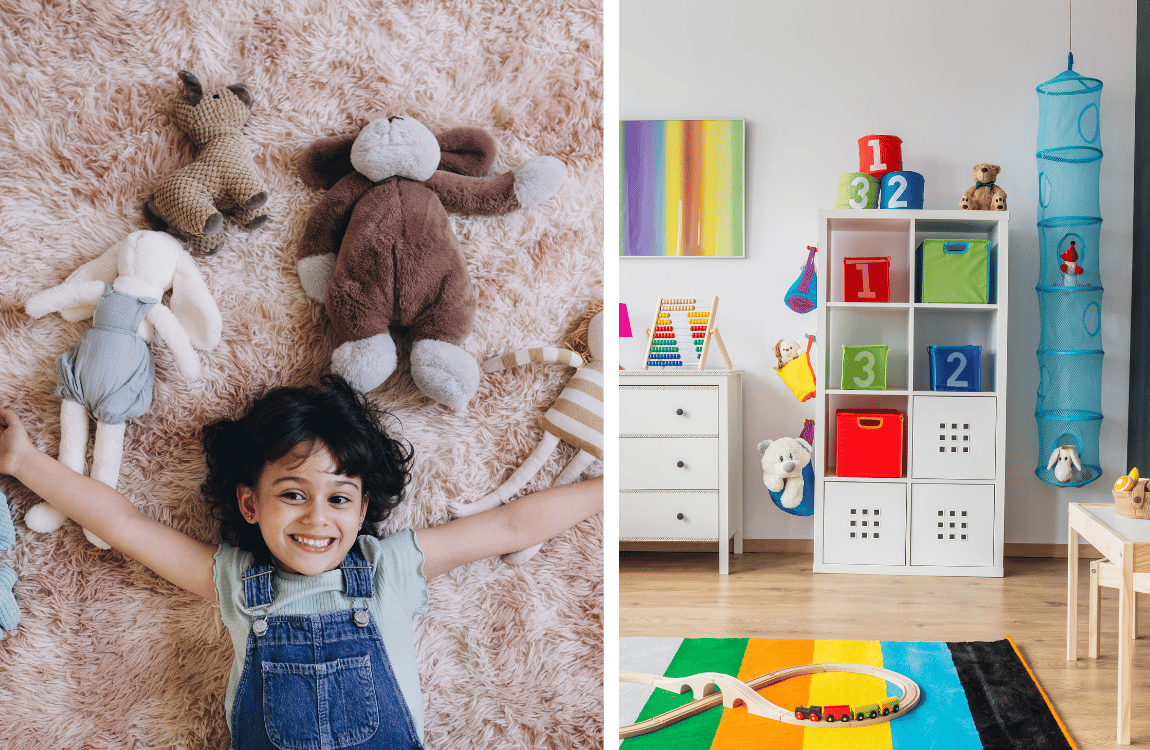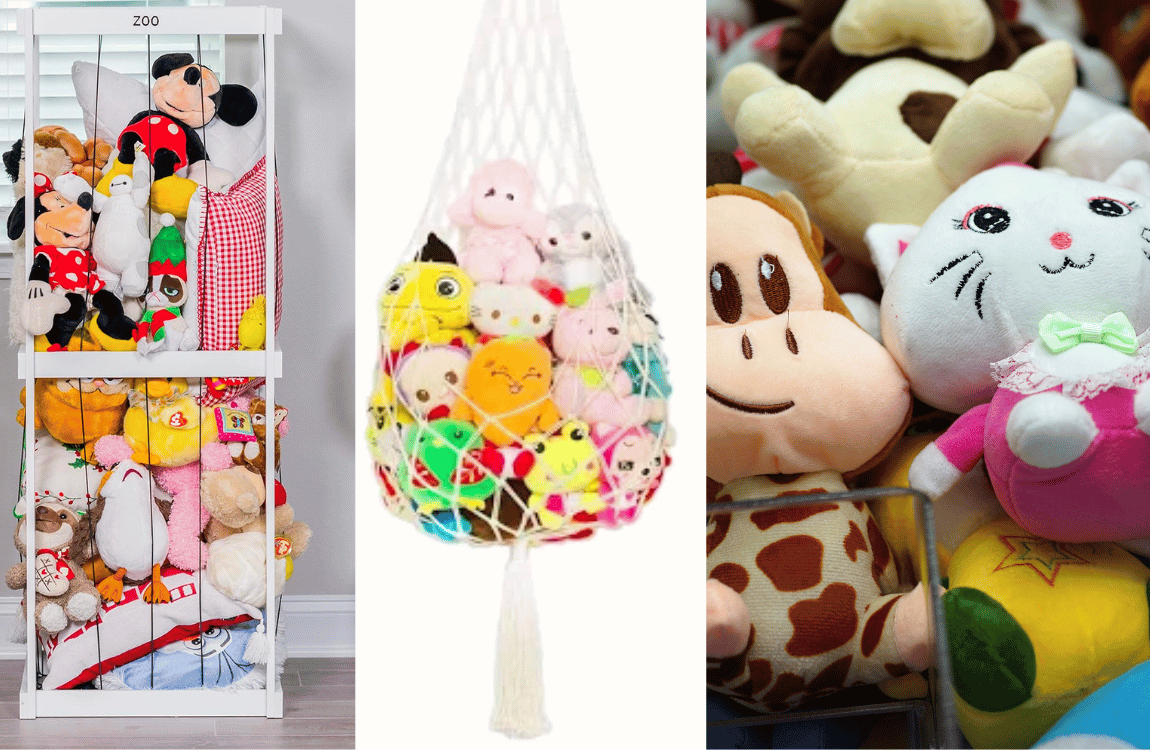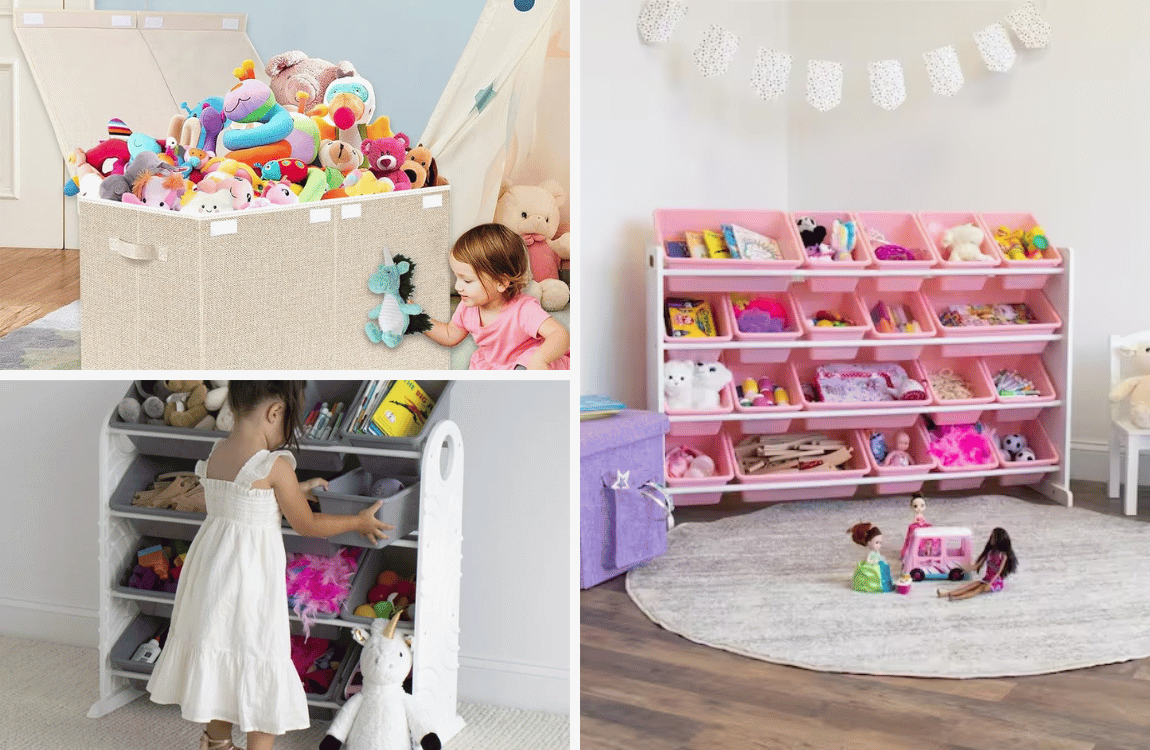Key Takeaways:
• Strategies for parents to manage the number of toys in their home effectively.
• The benefits of fewer toys and how they can promote creativity and learning.
As parents, we often find ourselves in a sea of toys, each one promising to be the very best toy for our children's growth and happiness. But when does it become too many toys? This article delves into the impact of an overabundance of toys on kids and offers practical advice for parents navigating this common dilemma.
The Paradox of Choice: Too Many Toys Can Overwhelm Kids
When children are surrounded by more toys than they can play with, it can lead to a paradox of choice. Instead of fostering enjoyment, an excess of options can overwhelm young minds, making it difficult for them to focus on one toy and engage in deep, meaningful play.
The School Library Journal has highlighted studies showing that when children have fewer toys, they play more creatively and learn to use their own imagination to make believe and craft an entertaining story from the simplest of objects.

Quality Over Quantity: The Case for Fewer Toys
The adage "less is more" holds true when it comes to children's playthings. Fewer toys encourage kids to appreciate what they have and to use items like building toys and puzzles more inventively.
A helpful report suggests that when kids have a limited selection, they develop better attention spans and play habits. This doesn't mean depriving children of fun, but rather curating a collection of quality toys that truly engage them.

The Tipping Point: When Toys Spill Over
Every parent knows the moment: when toys spill out of bins and clutter every corner of the house. This isn't just a mess; it's a sign that it might be time to reassess the toy situation.
A cluttered play environment can be distracting and even stressful for children alike, making it hard for them to choose what to play with and potentially impeding their ability to concentrate and engage in play
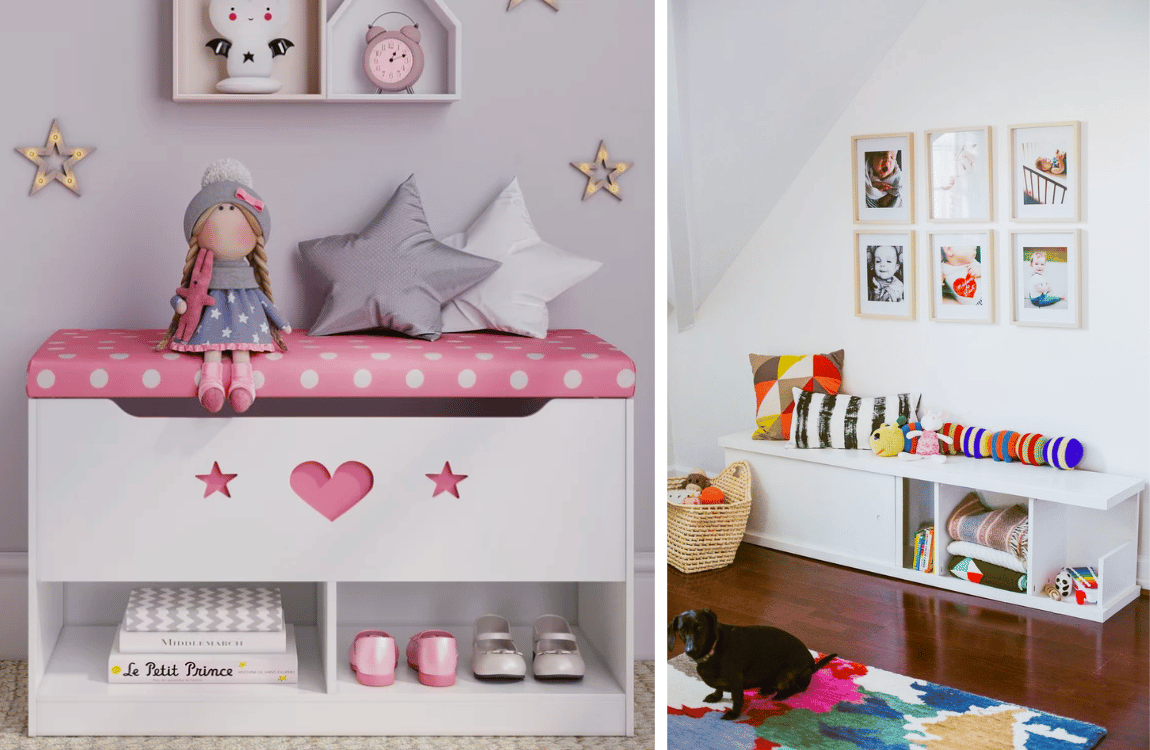
Are storage benches good for kids
The Role of Books: Why Children's Books Are Essential
Amidst the dolls, stuffed animals, and board games, it's important not to overlook the value of a good hardcover book. Children's books, often receiving a starred review for their quality content, play a crucial role in development. They not only tell an entertaining story but also build literacy skills and fuel the imagination in ways that a single toy cannot.


best books for 2 year olds
The Educational Value of Play: Learning Through Fewer Toys
Play is a child's work, and the toys they use are their tools. Educational experts agree that having fewer, more purposeful toys can lead to more productive playtime.
Building toys, for example, can teach basic engineering principles, while puzzles can develop spatial reasoning. By carefully selecting toys that offer educational value, parents can ensure that playtime is also a learning experience.

Montessori toys
The Social Dimension: Sharing and Cooperation
When kids have too many toys, they may become less inclined to share or may struggle with cooperative play. On the other hand, having fewer toys can encourage children to develop social skills as they learn to take turns and play games with friends. This is an essential part of growing up and learning how to interact with others in a positive and respectful manner.

The Digital Dilemma: Balancing Toys with Screen Time
In today's digital age, parents must also consider the balance between physical toys and screen time. While educational videos and games can be beneficial in moderation, they should not replace the tactile and sensory experiences that traditional toys provide.
Encouraging children to put down the tablet and pick up a toy can help them develop fine motor skills and engage in more active play.

What age for a Nintendo Switch
Decluttering the Toy Box: Tips for Parents
Decluttering can be a daunting task, but it's a necessary step in managing the toy overload. Parents can involve their kids in the process, helping them to understand the value of donating toys to others and keeping only those that they truly love and use.
This not only cleans up the house but also teaches children important lessons about generosity and simplicity.

The Environmental Impact: Reducing Toy Waste
The issue of too many toys isn't just about clutter; it's also about the environment. The production and disposal of toys have a significant environmental footprint. By choosing fewer, higher-quality toys and recycling or donating old ones, parents can help reduce waste and teach their children to be more environmentally conscious.
The Psychological Perspective: How Toys Affect Child Development
Psychologists have studied the impact of toys on child development and found that an excess can lead to materialistic values and a lack of appreciation for non-material experiences. Encouraging play with fewer toys can help children develop gratitude and find joy in experiences, relationships, and their own imagination.
The Financial Aspect: The Cost of More Toys
The financial burden of constantly buying more toys can be significant for families. By investing in fewer, more durable toys, parents can save money in the long run and avoid the trap of consumerism that often targets kids and their parents.

The Art of Rotation: Keeping Play Fresh
A toy rotation system can keep playtime interesting without the need for more toys. By rotating toys in and out of use, children can rediscover old favorites and stay engaged without becoming bored or overwhelmed by too many choices.
Encouraging Creativity: The Role of Open-Ended Toys
Open-ended toys, such as blocks and art supplies, allow children to use their creativity and come up with countless ways to play. These types of toys can be more beneficial than those that have a single purpose, as they encourage kids to think outside the box and develop their problem-solving skills.

Best educational toys
Involving Kids in the Decision: Empowering Choice
When it comes time to sort through toys, involving kids in the decision-making process can empower them and help them learn to make choices. This can be a valuable life skill and can make the process of minimizing toys a collaborative and educational experience.
The Influence of Advertising: Teaching Critical Thinking
Children are bombarded with advertisements for the latest and greatest toys. Teaching kids to think critically about advertising and to make informed decisions about the toys they want can help them become more discerning consumers and reduce the pressure to have more toys.

The Joy of Giving: Toys as Gifts
Gift-giving occasions often lead to an influx of new toys. Encouraging friends and family to give experiences, books, or fewer toys of higher quality can help manage the number of toys in the home and ensure that each gift is truly valued and appreciated.
Summary
The issue of too many toys is multifaceted, affecting children's development, family dynamics, and even the environment. By choosing quality over quantity, encouraging creativity, and teaching children the value of fewer toys, parents can create a more meaningful play experience that benefits their kids in the long run. The key is to find a balance that works for each family, fostering an environment where children can thrive both in play and in life.

Best way to organize kids toys

FAQ Section
Q: How many toys is too many for a child? A: There isn't a one-size-fits-all answer, as each child and family is different. However, if you notice that toys are cluttering your space, your child is overwhelmed with choices, or they are not engaging deeply with their toys, it may be time to reduce the number.
Q: Can having fewer toys really benefit my child's development? A: Yes, studies and expert opinions suggest that fewer toys can lead to more creativity, better attention spans, and improved social skills. It encourages children to be more imaginative and resourceful with their play.
Q: How can I reduce the number of toys without upsetting my child? A: Involve your child in the decluttering process, making it a positive experience. Explain the benefits of donating toys and the value of having space to play. You can also set up a toy rotation system to keep things fresh without adding new toys.

